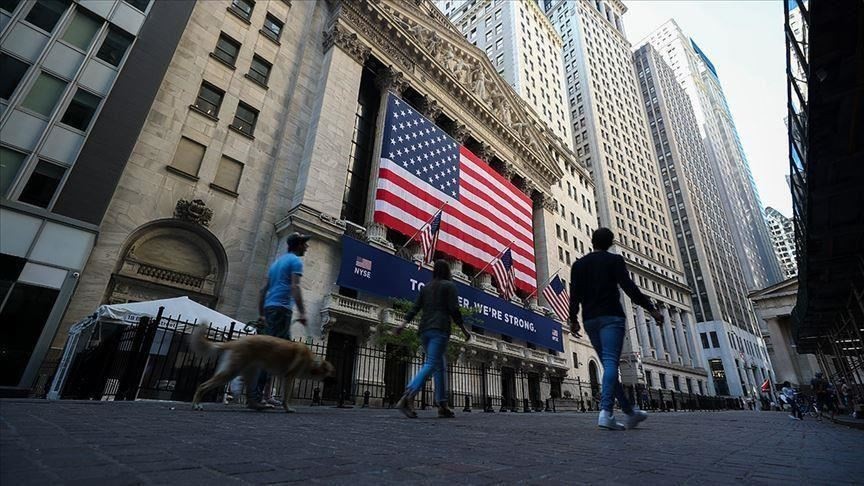Jobs or Inflation: Which Will Cool Quicker?

The job market is cooling, and inflation is cooling, too. That counts as welcome news to Federal Reserve policy makers, but for the economy the outlook is still murky. The Labor Department on Friday reported that the economy added a seasonally adjusted 187,000 jobs in August. That was more than the 170,000 economists expected, but there were downward revisions to the two prior months that more than offset that difference. Average hourly earnings rose less than economists expected.
Meanwhile, the unemployment rate, which is based on a separate survey, rose to 3.8% from July’s 3.5%. This wasn’t a reflection of job losses, though; rather, it came about because the share of the working-age population that is employed or seeking employment rose. Because this increase in labor-force participation should help ease hiring strains, it points the way to further cooling in wages.
Coming on the heels of a Commerce Department report Thursday that showed the Fed’s favored measure of inflation continued to moderate in July, Friday’s report cheered investors. Interest-rate futures now imply there is little chance of the Fed raising interest rates later this month, and that there is only about a one-in-three chance of the central bank raising rates at all through the remainder of the year. A week ago, futures put the chances of another rate increase by the end of this year at better than even.
It is important to recognize that Fed policy makers don’t yet believe their job is finished. If they opt to leave rates on hold, it will be because they believe that rates are already restricting the economy by quite a bit, and that further hikes won’t be necessary. Softer data this summer pumped up stock prices but recent data shows it’s not yet all good. We’ll unpack the latest jobs report, which will set the stage for where the market moves next and explain what it tells us about inflation. Photo: John Moore
Cutting rates is another matter, though: While it wouldn’t be necessary for inflation to go all the way down to the central bank’s 2% target, Fed Chairman Jay Powell emphasized last week that policy makers will need to be confident that inflation “is moving down sustainably” toward that goal. As of July, the Commerce Department’s measure of consumer prices excluding food and energy items was up 4.2% versus a year earlier. But the annual pace over the three months ended July was a cooler 2.9%.
One risk is that the job market will go from cooling to deteriorating before inflation slows enough for the Fed to pull the trigger on rate cuts. The good news is that there appears to still be a lot of underlying demand for workers in sectors, such as healthcare, that are still trying to staff up, and this could help absorb any job losses that come elsewhere. But a confluence of factors—including the resumption of student-debt payments, the reduction in the savings buffers that Americans built up after the pandemic struck, and tighter lending standards—could weigh on spending and, ultimately, employment in the months ahead.
Friday’s report adds to the evidence that the Fed will be able to cool the economy without plunging it into recession. But it isn’t time to run up the “Mission Accomplished” banner just yet.










